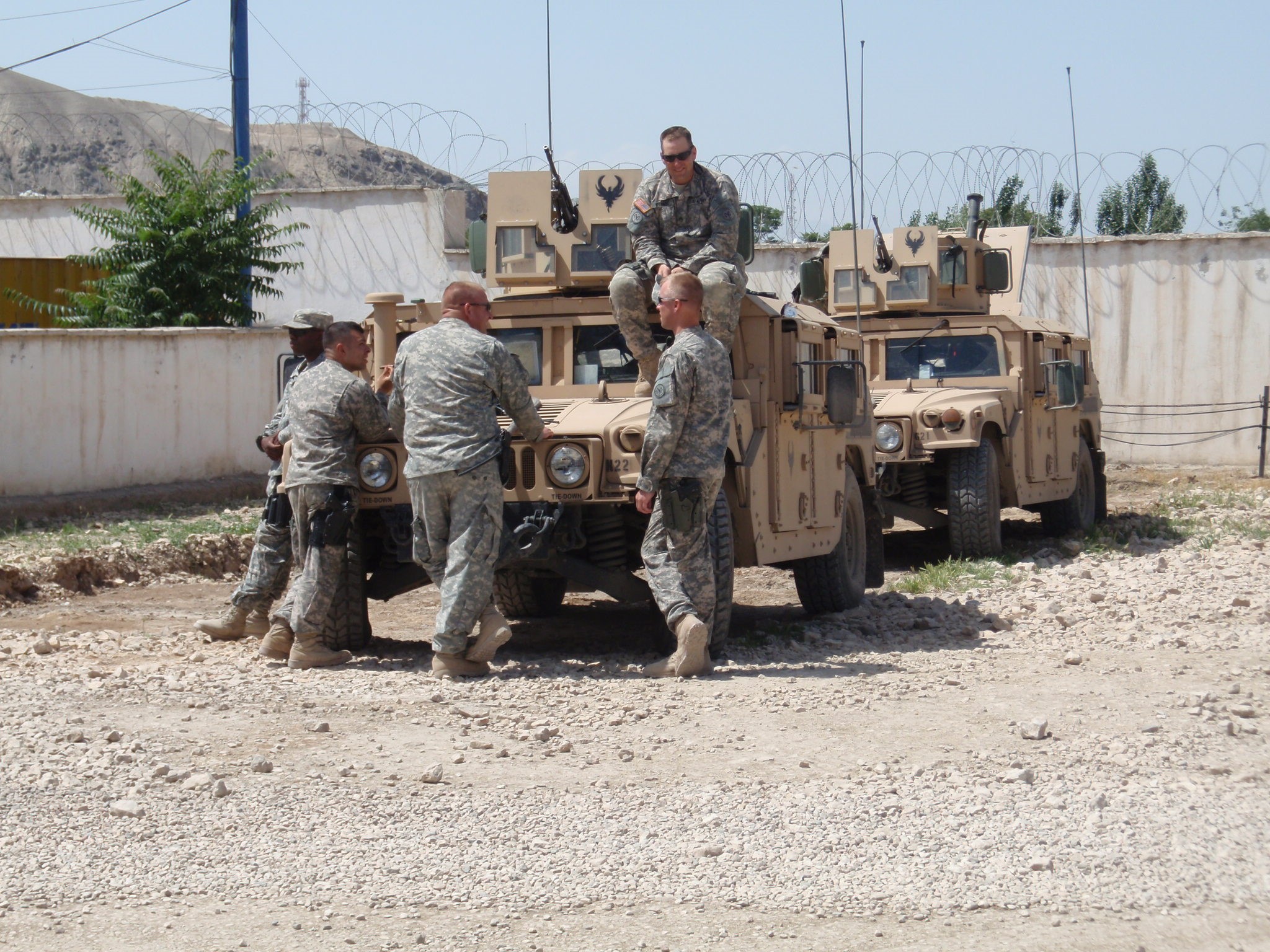
Continuing the discussion on Afghanistan drawn from pages 266-269 of America’s Modern Wars (one table and the footnotes are not included):
POLITICAL WILL
The United States has lost 499 killed from all causes in Afghanistan in 2010. Compared to Vietnam, this does not seem like much, but when compared to all insurgencies; it is enough losses to favor the insurgents.
As we point out in Chapter Seventeen, the Burden of War:
It appears that when the average intervening forces killed [per year] exceeds more than 0.0001% of the population of the intervening country (more than 0.12 per 100,000 home population), then the counterinsurgency, intervention or peacekeeping operations fails in over two-thirds of the cases.
Furthermore, it appears that if the average intervening forces killed exceeds more than 0.00001% of the population of the intervening county (more than 0.01 per 100,000 home population) than the chances of failure rises to around 50% (p-value = 0.0006).
The average intervening forces killed data basically falls into three groupings:
Blue Wins Gray Results Red Wins
0 18 cases 16 0 2
0.01-0.09 17 cases 8 2 7
0.12-4.08 14 cases 3 1 10
—- — —-
27 3 19
Or to put in another format:
Percent Blue Wins Percent Red Wins
Low intensity cases 89% 11%
Medium intensity cases 47% 41%
High intensity cases 21% 71%
A nation with a population of 300 million would produce thresholds of 360 killed a year for .12 per 100,000 and only 30 killed per year for a value of .01 per 100,000. The U.S. population is a little over 300 million. As such, we were at the medium level of intensity for Afghanistan since 2002, and as of 2010, have crossed over to join the high intensity cases. Just for comparison, the U.S. in Iraq during 2004-2007 was between 0.22 to 0.25 killed (KIA) per 100,000 population. The U.S. peak in Vietnam was over 7 killed per 100,000 population (population as of 1968).
Does this mean we will now lose? What it means is that in the 14 cases we have where losses were so high, the counterinsurgents only won in three of them. Let us look at the data for a moment, just the cases where more than 0.12 were killed per 100,000 home country population:
…(skipped table)
Where are the three counterinsurgent wins? They are Angola Civil War, Tanzania in Uganda, and Yemen, with Iraq still unresolved. An examination of each of those cases provides cold comfort. In the case of the Angola Civil War, the Cuban army was heavily supplemented by Soviet aid, as was the entire nation of Cuba. Part of the reason they were getting such aid was to allow them to intervene in Africa. So while they were paying the cost in casualties, they were not paying the rest of the cost of the wars. Furthermore, Cuba kept the losses hidden from most of their population. Tanzania in Uganda was a successful intervention and overthrow of the government of Ugandan strong man Idi Amin and then stabilizing the government against his limited and furtive attempts to return to power. Perhaps they could even be considered to be the insurgents. Regardless, they did withdraw a year later and the Ugandan government seized power in violation of the election results. That government was later overthrown by insurgents lead by the legitimate head of state. Yemen was an Egyptian intervention, which by 1967 was already withdrawing and hastened that withdrawal when they became embroiled in a war with Israel. The war [in Yemen] continued for several more years after Egypt withdrew and the government eventually reached an agreement with the rebels in 1970 and effectively defeated the insurgency.
The U.S., has now stepped over the threshold of 0.12, although one could easily argue from the data above that the threshold should be higher (0.38 or greater) or lower (0.06). But, regardless of the exact break point, we are now at an uncomfortable threshold where the insurgents win in 70% of the cases. This does not mean that this is the case for Afghanistan, but it does indicate that we are now at a level of losses that forces nations to evaluate their levels of commitments to these wars. In some respects, this harkens back to the point made in Chapter Three, that the track record for winning large wars is not very good. Afghanistan is at the lower threshold of being a larger insurgency.
Now, the current administration has been withdrawing since July 2011. This has dropped our loss rates in 2012 down to 310 killed from all causes, or down below the threshold point (assuming it is not as low as 0.05). Losses in 2013 were much lower (127 killed from all causes) and the levels of commitment and losses in 2014 are even less. So, it appears that the issue of U.S. losses has been resolved by lowering the level of commitment, but it does not resolve the concern as to whether there is now sufficient force to suppress the insurgency.
….
(to be continued)
